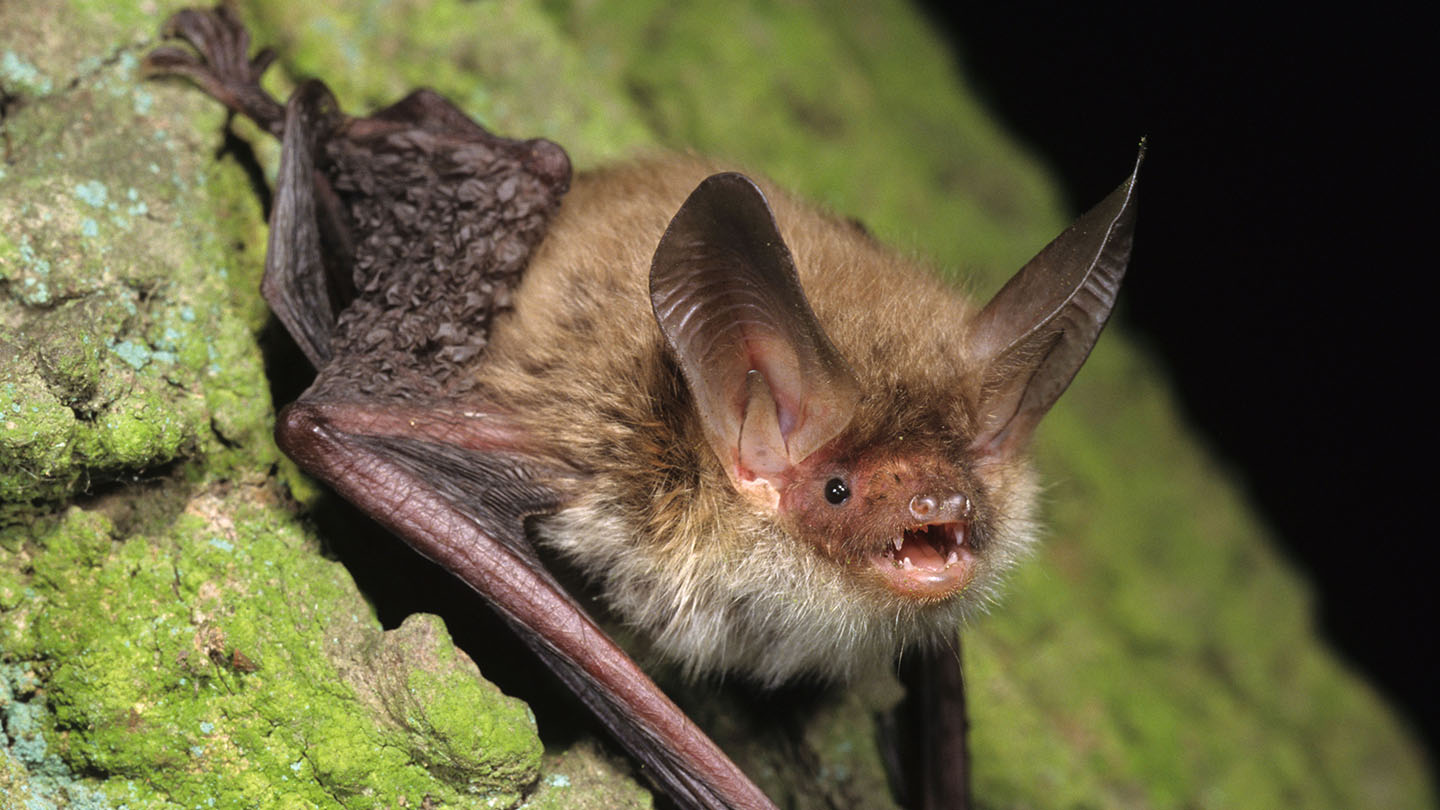Crazy Creaturez: Top 10 Rarest Species in the UK!
Welcome back, wild wanderers and nature enthusiasts, to Crazy Creaturez, where we journey through the natural world's hidden corners and unexplored territories. Today, we're setting our sights closer to home – the United Kingdom – a land steeped in history and rich in wildlife. Despite its size, the UK is home to some of the rarest and most intriguing animals on the planet. Let’s embark on a fascinating journey to discover the top ten rarest animals that call the UK their home.
1. Scottish Wildcat – The Highland Tiger
Starting our list is the elusive Scottish Wildcat, often dubbed the ‘Highland Tiger.’ This feline is one of the rarest mammals in the UK, with estimates suggesting only a few hundred remain in the wild.
A Struggle for Survival
The Scottish Wildcat's biggest threats are habitat loss and interbreeding with domestic cats. Conservation efforts are underway to protect these solitary and fiercely independent creatures, vital to Scotland's wilderness.
2. Red Squirrel – The Fluffy Tailed Charmer
The Red Squirrel, with its iconic bushy tail and endearing features, was once widespread across the UK. Today, it's confined to certain areas, particularly Scotland, due to habitat loss and competition from the non-native grey squirrel.
Conservation in Action
Efforts to preserve their habitats and control grey squirrel populations are crucial for the red squirrel’s survival, making them a conservation priority in the UK.
3. Bechstein’s Bat – The Woodland Whisperer
Bechstein’s Bat is a rare and elusive species, preferring ancient woodlands. These bats are incredibly hard to spot, making them one of the UK’s most mysterious mammals.
A Secretive Life
With their sensitive hearing, Bechstein’s bats are adept at catching insects in dense woodlands. They're a key species for understanding the health of woodland ecosystems.
4. Pine Marten – The Elusive Acrobat
The Pine Marten, a member of the mustelid family, is a rare sight in the UK. These agile animals were once persecuted to near extinction but have seen a gradual increase in numbers thanks to conservation efforts.
Shy and Solitary
Pine Martens are elusive, primarily nocturnal, and prefer woodland habitats. They play an essential role in the ecological balance, controlling rodent populations.
5. Sand Lizard – The Sun-Loving Reptile
The Sand Lizard is Britain’s rarest lizard, distinguishable by its vibrant green coloring during the mating season. Habitat loss has confined them to heathlands and coastal dunes in Southern England.
A Protected Species
Conservation programs, including habitat management and breeding programs, are vital for this species' survival, as they are fully protected under UK law.
6. Capercaillie – The Forest Grouse
The Capercaillie, a large woodland grouse, is known for its spectacular mating display. Habitat loss and disturbances have led to a drastic decline in their population, primarily confined to the Scottish Highlands.
Preserving the Capercaillie
Conservation efforts focus on protecting and restoring their native pine forest habitats, crucial for their survival and breeding.
7. Water Vole – The Riverside Dweller
Once a common sight along UK waterways, the Water Vole has undergone one of the most severe declines of any UK mammal in recent times, largely due to habitat loss and predation by the introduced American mink.
Efforts to Turn the Tide
Conservation projects aim to improve riverbank habitats and control mink populations to help these charming rodents make a comeback.
8. Black Grouse – The Lyrical Bird
The Black Grouse is known for its incredible lekking behavior, where males perform elaborate displays to attract females. They’re found in upland moorland areas but are increasingly rare due to habitat loss and changes in land use.
A Dance for Survival
Conservationists are working to preserve moorland habitats and promote sustainable land-use practices to ensure the survival of these theatrical birds.
9. Large Blue Butterfly – A Conservation Success
The Large Blue Butterfly, once extinct in the UK, is a remarkable conservation success story. Reintroduced in the 1980s, it’s still one of the UK's rarest butterflies, with specialized habitat and lifecycle requirements.
The Rebirth of the Large Blue
The butterfly’s comeback is a testament to the effectiveness of targeted conservation efforts, habitat management, and international cooperation.
10. Orkney Vole – The Island Specialist
Lastly, the Orkney Vole, unique to the Orkney Islands, is distinct from other vole species found in mainland Britain. They play a crucial role in the Orkney ecosystem but face threats from habitat changes and predation.
A Unique Island Inhabitant
Conservation of the Orkney Vole is important not just for the species itself but for the broader ecological balance of the islands.
Preserving the UK's Wildlife Heritage
Each of these rare animals holds a unique place in the UK’s natural heritage. Their survival is not just about preserving individual species but also about maintaining the ecological balance and biodiversity that enriches our planet.
Share Your Wildlife Encounters
Have you spotted any of these rare creatures or have a wildlife story to share? Let us know in the comments or reach out on Instagram @crazycreaturezz
Until our next wildlife exploration, keep your eyes and hearts open to the wonders of nature around us. Remember, at Crazy Creaturez, we believe in celebrating and protecting all forms of life, no matter how big or small!
That’s a wrap on our journey through the rarest animals in the UK. Stay tuned for more exciting wildlife adventures, and don't forget to subscribe for your weekly dose of Crazy Creaturez! 🦋🐿️🦔✨










Comments
Post a Comment